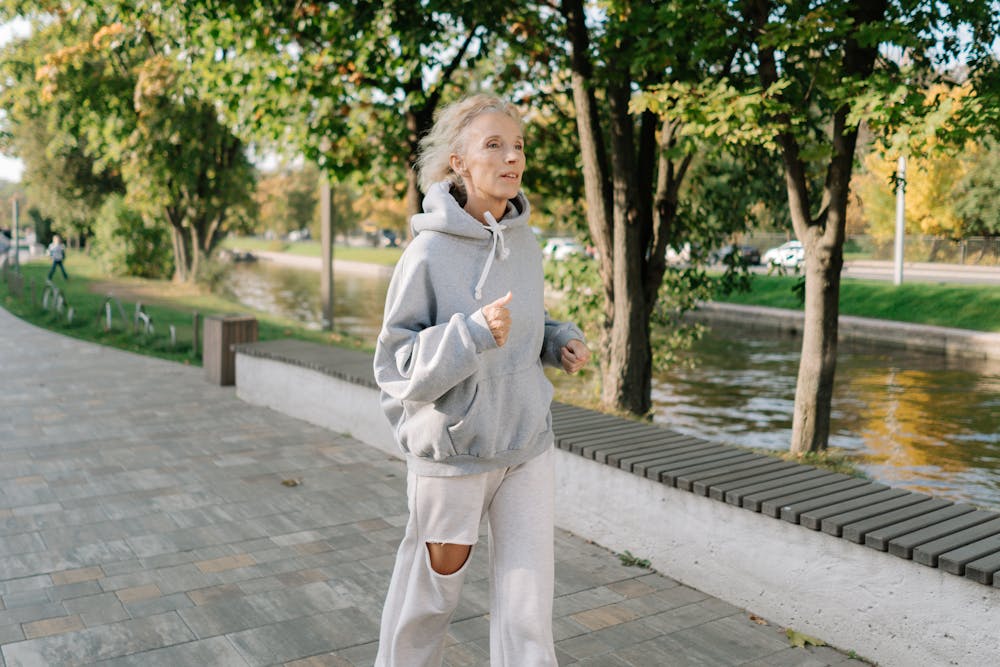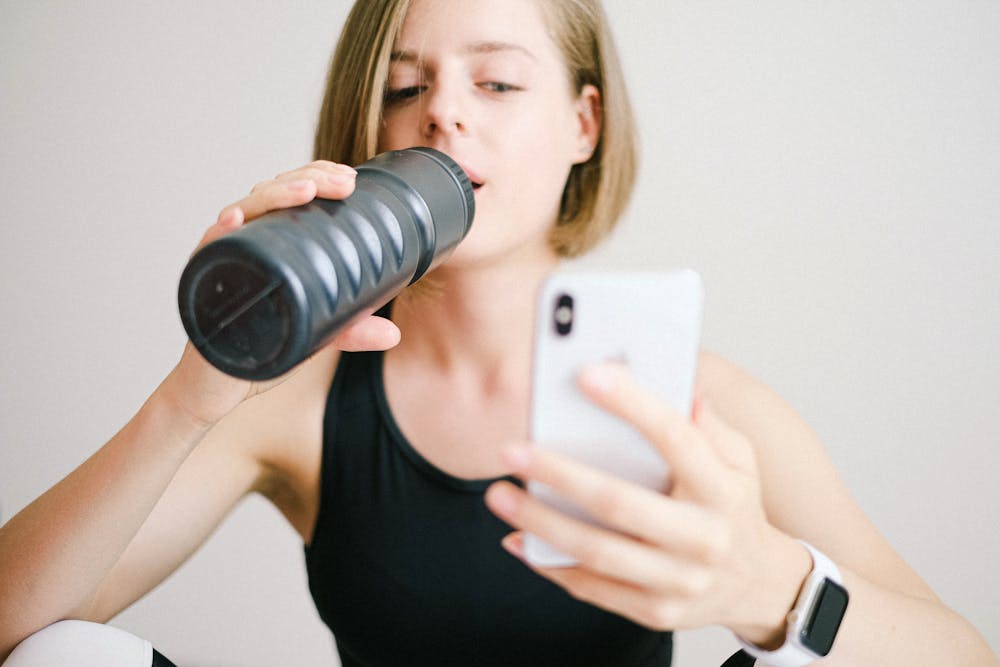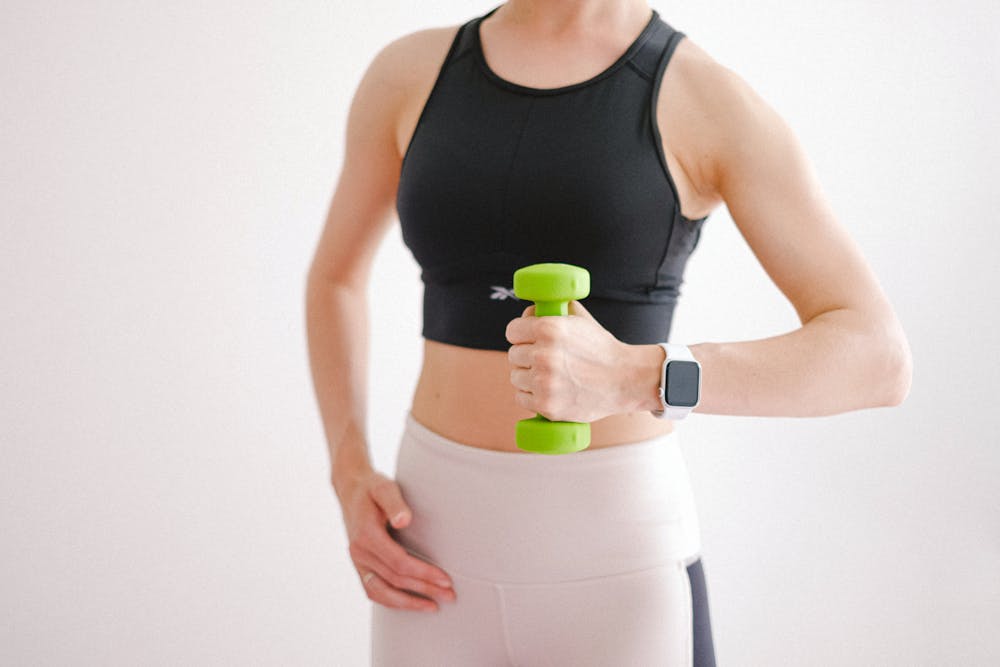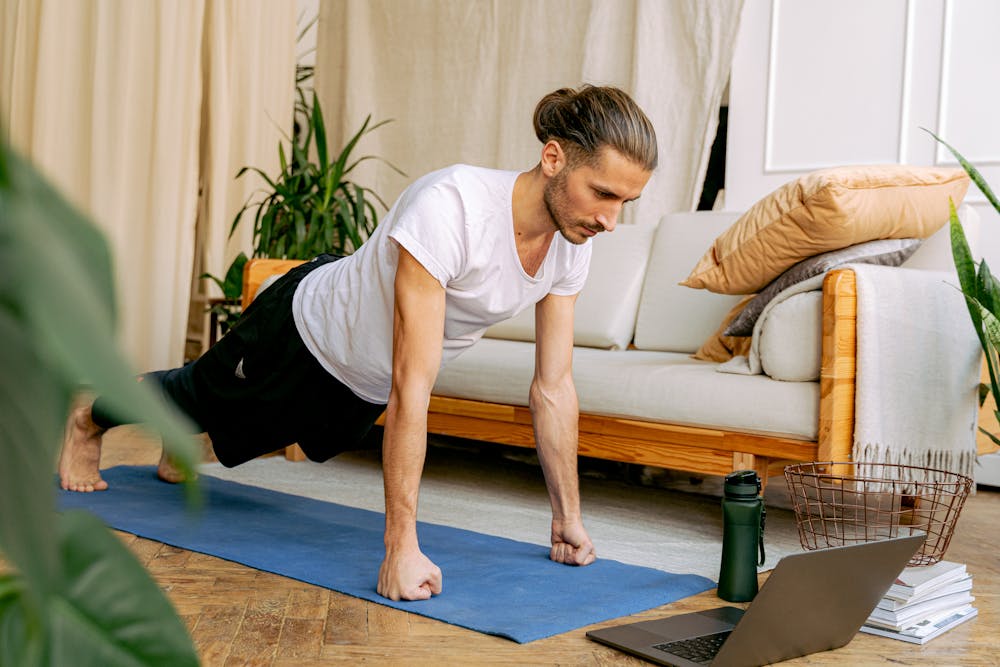As someone deeply fascinated by the intersection of biomechanics and fitness, I’ve come to appreciate the profound impact that technology has had on optimizing our workouts and enhancing our understanding of human movement. Biomechanics, the study of how the human body moves and functions, plays a crucial role in fitness, sports performance, injury prevention, and rehabilitation. With the advent of cutting-edge technology, we’ve seen remarkable advancements in biomechanical analysis tools, wearable devices, and motion tracking systems that revolutionize the way we train, move, and perform. Let’s explore the pivotal role that technology plays in optimizing biomechanics and revolutionizing the fitness landscape.
 1. Precision Motion Analysis:
1. Precision Motion Analysis:
Technology has ushered in an era of precision motion analysis, allowing us to capture, analyze, and quantify human movement with unprecedented accuracy and detail. High-speed cameras, 3D motion capture systems, and inertial measurement units (IMUs) enable researchers, coaches, and athletes to dissect movement patterns, identify biomechanical inefficiencies, and pinpoint areas for improvement. By studying the intricacies of joint angles, muscle activation patterns, and force distribution, we gain valuable insights into how to optimize movement mechanics and enhance performance across various sports and activities.
 2. Wearable Biomechanical Sensors:
2. Wearable Biomechanical Sensors:
Wearable biomechanical sensors have emerged as invaluable tools for real-time motion tracking, performance monitoring, and injury prevention in fitness and athletics. From smart clothing embedded with flexible sensors to wearable devices strapped onto the body, these sensors capture biomechanical data during exercise and provide instant feedback to users and coaches. By monitoring metrics such as gait, posture, balance, and range of motion, wearable sensors help individuals optimize their movement mechanics, prevent overuse injuries, and fine-tune their technique for optimal performance.
 3. Virtual Reality Training Environments:
3. Virtual Reality Training Environments:
Virtual reality (VR) technology has revolutionized the way we train and rehabilitate by creating immersive, interactive environments that simulate real-world scenarios and challenges. In the realm of fitness and biomechanics, VR training platforms offer athletes and fitness enthusiasts the opportunity to engage in realistic simulations of sports movements, strength exercises, and functional activities. By incorporating biofeedback mechanisms and motion tracking sensors, VR training environments provide users with real-time cues and corrections to refine their biomechanics and enhance motor learning.
 4. Biomechanical Modeling and Simulation:
4. Biomechanical Modeling and Simulation:
Advancements in computer modeling and simulation software have empowered researchers and practitioners to construct sophisticated biomechanical models of the human body and simulate complex movement patterns under various conditions. By inputting anatomical data, physiological parameters, and environmental factors into these models, we can predict how different interventions, training modalities, and external loads will affect biomechanical outcomes. This predictive capability enables us to optimize training programs, design ergonomic equipment, and personalize interventions to meet the unique needs and goals of individuals.
 5. Artificial Intelligence and Machine Learning:
5. Artificial Intelligence and Machine Learning:
Artificial intelligence (AI) and machine learning algorithms are revolutionizing biomechanics by automating data analysis, uncovering patterns, and generating actionable insights from large datasets. By processing vast amounts of biomechanical data collected from sensors, cameras, and wearable devices, AI algorithms can identify biomechanical markers of performance, detect movement abnormalities, and predict injury risk factors. These AI-powered insights enable coaches, clinicians, and athletes to make informed decisions, tailor interventions, and optimize training strategies to maximize performance and minimize injury.
 In conclusion, technology’s role in optimizing biomechanics and enhancing fitness is undeniable, offering us unprecedented capabilities to analyze, understand, and improve human movement. From precision motion analysis and wearable sensors to virtual reality training environments and AI-driven analytics, technology continues to push the boundaries of what’s possible in biomechanics and fitness. By leveraging these cutting-edge tools and techniques, we can unlock new pathways to performance excellence, injury prevention, and lifelong physical well-being. As technology continues to evolve, the future of biomechanics and fitness holds endless possibilities for innovation, discovery, and advancement in human movement science.
In conclusion, technology’s role in optimizing biomechanics and enhancing fitness is undeniable, offering us unprecedented capabilities to analyze, understand, and improve human movement. From precision motion analysis and wearable sensors to virtual reality training environments and AI-driven analytics, technology continues to push the boundaries of what’s possible in biomechanics and fitness. By leveraging these cutting-edge tools and techniques, we can unlock new pathways to performance excellence, injury prevention, and lifelong physical well-being. As technology continues to evolve, the future of biomechanics and fitness holds endless possibilities for innovation, discovery, and advancement in human movement science.






